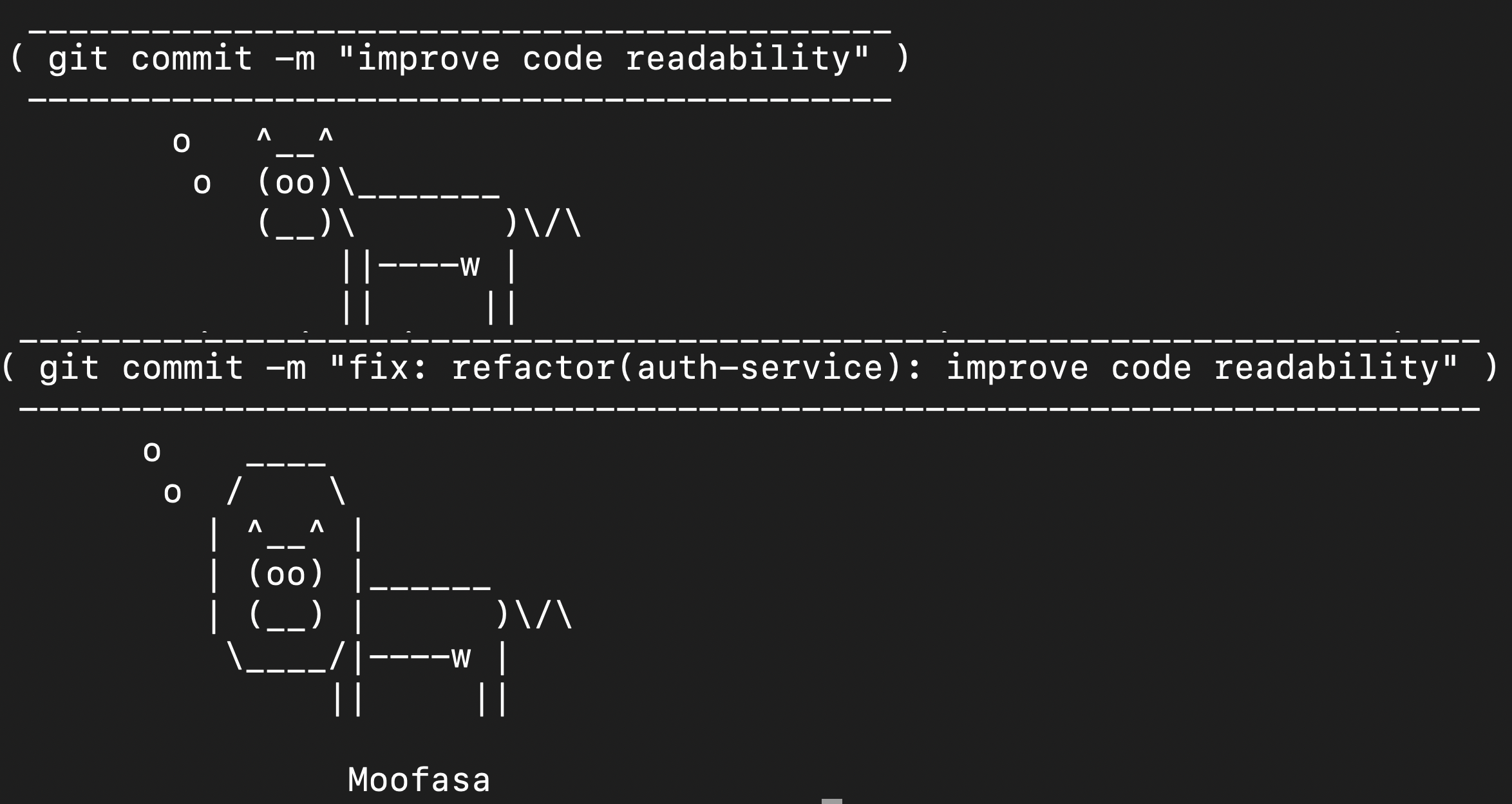The Art of Writing Effective Git Commits
 Monika Prajapati
Monika Prajapati
Version control systems like Git are essential tools for developers, allowing them to track changes to their codebase, collaborate with others, and manage project history effectively. One crucial aspect of using Git is writing clear and meaningful commit messages. A well-written commit message not only helps you understand the changes you've made but also assists your team members and future contributors in comprehending the project's evolution. In this blog post, we'll explore the art of writing effective Git commits.
The Importance of Good Commit Messages
A commit message serves as a concise summary of the changes introduced in a particular commit. It should provide enough context for anyone reviewing the commit history to quickly grasp the reasoning behind the changes and their impact on the codebase. Well-crafted commit messages can:
Facilitate code review: Clear commit messages make it easier for reviewers to understand the purpose and scope of the changes, streamlining the code review process.
Improve collaboration: When working in a team, commit messages help other developers understand the changes made by their colleagues, reducing confusion and enabling smoother collaboration.
Simplify debugging: If a bug is introduced, well-documented commit messages can help pinpoint the source of the issue more efficiently by providing context about the changes made in specific commits.
Enhance project maintenance: As projects evolve and new contributors join, descriptive commit messages serve as a historical record, making it easier to understand the rationale behind past decisions and changes.
The Structure of a Commit Message
A commit message typically consists of two parts: a subject line and an optional body. Here's the recommended structure:
<type>(<scope>): <subject>
<body>
Type: This is a concise description of the kind of change the commit introduces. Common types include
feat(a new feature),fix(a bug fix),docs(documentation changes),style(formatting changes),refactor(code refactoring),test(addition or modification of tests),chore(maintenance tasks), and more.Scope (optional): This specifies the area of the codebase that the commit is focused on, such as a specific component, module, or feature. For example,
user-authordashboard.Subject: A brief, imperative summary of the changes (e.g., "Add user authentication" or "Fix typo in README").
Body (optional): A more detailed description of the changes, including the motivation behind them, any potential side effects, and any relevant issues or pull requests. The body should be wrapped at 72 characters per line.
Here's an example of a well-structured commit message:
feat(user-auth): add email verification
- Implement email verification flow
- Add verification email templates
- Update user model to include 'verified' field
Closes #123
In this example, the commit introduces a new feature related to user authentication (feat(user-auth)), specifically the addition of email verification functionality. The body provides more context about the changes, including the implementation details and any relevant issues or pull requests.
Commit Types
As mentioned earlier, the commit type is a concise description of the kind of change the commit introduces. Here are some common commit types:
feat– a new feature is introduced with the changesfix– a bug fix has occurredchore– changes that do not relate to a fix or feature and don't modify src or test files (e.g., updating dependencies)refactor– refactored code that neither fixes a bug nor adds a featuredocs– updates to documentation such as the README or other markdown filesstyle– changes that do not affect the meaning of the code, likely related to code formatting such as white-space, missing semi-colons, and so on.test– including new or correcting previous testsperf– performance improvementsci– continuous integration relatedbuild– changes that affect the build system or external dependenciesrevert– reverts a previous commit
Here are some examples of commit messages using different types:
fix(user-auth): correct email validation regex
docs: update README with installation instructions
chore: upgrade dependencies to latest versions
refactor(auth-service): improve code readability
test(user-model): add unit tests for email validation
Best Practices for Writing Effective Commit Messages
To ensure your commit messages are clear, concise, and effective, follow these best practices:
Use the imperative mood: Write the subject line in the imperative mood, as if giving instructions to the codebase. For example, "Add user authentication" instead of "Added user authentication" or "Adds user authentication."
Keep the subject line short and descriptive: The subject line should be no longer than 50 characters and should clearly summarize the changes made in the commit.
Capitalize the subject line: Capitalize the first letter of the subject line for better readability.
Use the body for detailed explanations: If the commit requires more context or explanation, use the body section to provide additional details, such as the motivation behind the changes, potential side effects, and any relevant issues or pull requests.
Separate the subject from the body with a blank line: For better readability, leave a blank line between the subject and the body of the commit message.
Reference issues or pull requests: If the commit is related to an issue or pull request, include a reference to it in the body of the commit message (e.g., "Closes #123" or "Fixes #456").
Avoid generic messages: Avoid using generic or ambiguous commit messages like "update" or "fix bug." Instead, be specific about the changes made.
Follow project or team conventions: If your project or team has specific conventions or guidelines for commit messages, make sure to follow them for consistency.
By following these best practices and writing clear and descriptive commit messages, you'll not only improve the overall quality and maintainability of your codebase but also facilitate collaboration and streamline the development process.
I used this source to write this blog, please refer to Natalie Pina on this page
Subscribe to my newsletter
Read articles from Monika Prajapati directly inside your inbox. Subscribe to the newsletter, and don't miss out.
Written by
